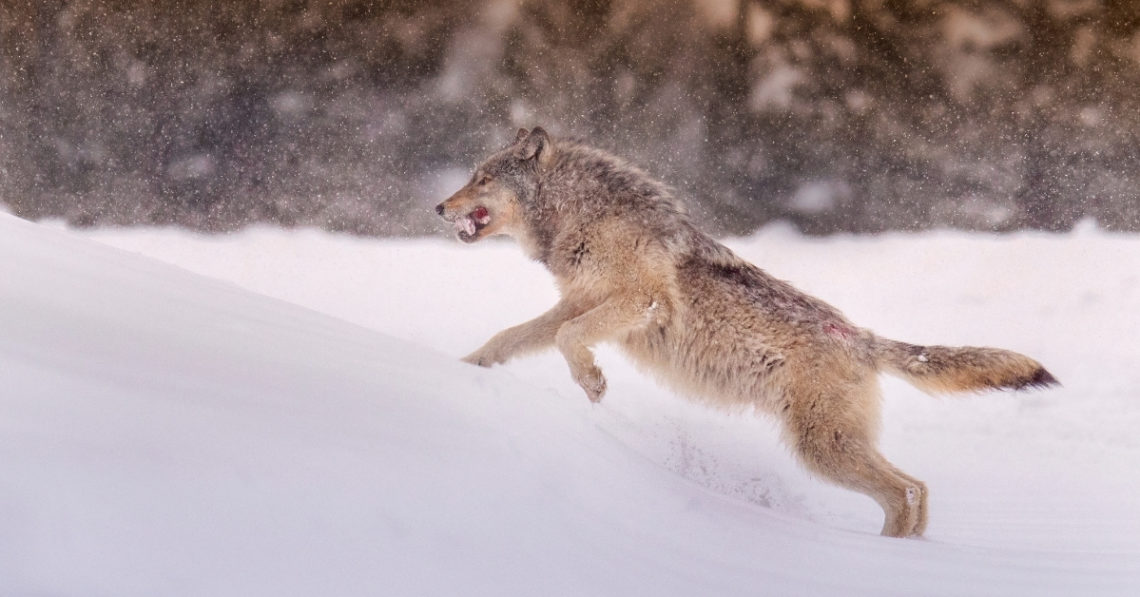When wolves returned to Yellowstone in 1995, park officials hoped they’d help balance the ecosystem. What they didn’t expect was that the predators would also revive something else—an entire generation of aspen trees.
For 80 years, aspen saplings failed to thrive in the park’s northern range. They’d sprout, but never make it past the buffet line of hungry elk. At one point, there were around 18,000 elk stripping the landscape of grasses, shrubs, and young trees. “You had older trees, and then nothing underneath,” said Luke Painter, ecologist at Oregon State University and lead author of a new study published in Forest Ecology and Management.
The wolves didn’t just scare the elk; they changed their behavior. And eventually, they changed the forest.
Wolves Are Back in Yellowstone
Today, Yellowstone’s elk population has dropped to about 2,000. That gave aspen trees their first real shot in decades. In 87 aspen stands studied by Painter and his team, a third had healthy young saplings throughout. Another third had tall saplings in patches. “We’re seeing significant new growth of young aspen, and this is the first time that we’ve found it in our plots,” Painter told LiveScience.
Some of the trees are now thick enough to survive browsing and strong enough to reproduce. That means more shoots, more seedlings, and a better chance at long-term survival.
But there’s still a catch. As elk numbers dropped, bison numbers climbed—and bison aren’t exactly easy prey. Painter noted they’re emerging as a new threat in some areas. Still, aspen are doing better than they have since the 1940s.
Their comeback isn’t just good news for trees. Aspen forests create unique, sun-dappled environments that support a wide variety of shrubs, insects, birds, and mammals. Beavers love them. So do cougars and bears, whose populations may also be growing.
“The paper shows the important ecological benefits occurring from the restoration of wolves,” said Dominick Spracklen, a professor at the University of Leeds. He added that ecosystems without large carnivores often lose their balance and that this study shows what’s possible when you put one back in.
The post The Return of Yellowstone’s Wolves Set off a Stunning Chain Reaction appeared first on VICE.




